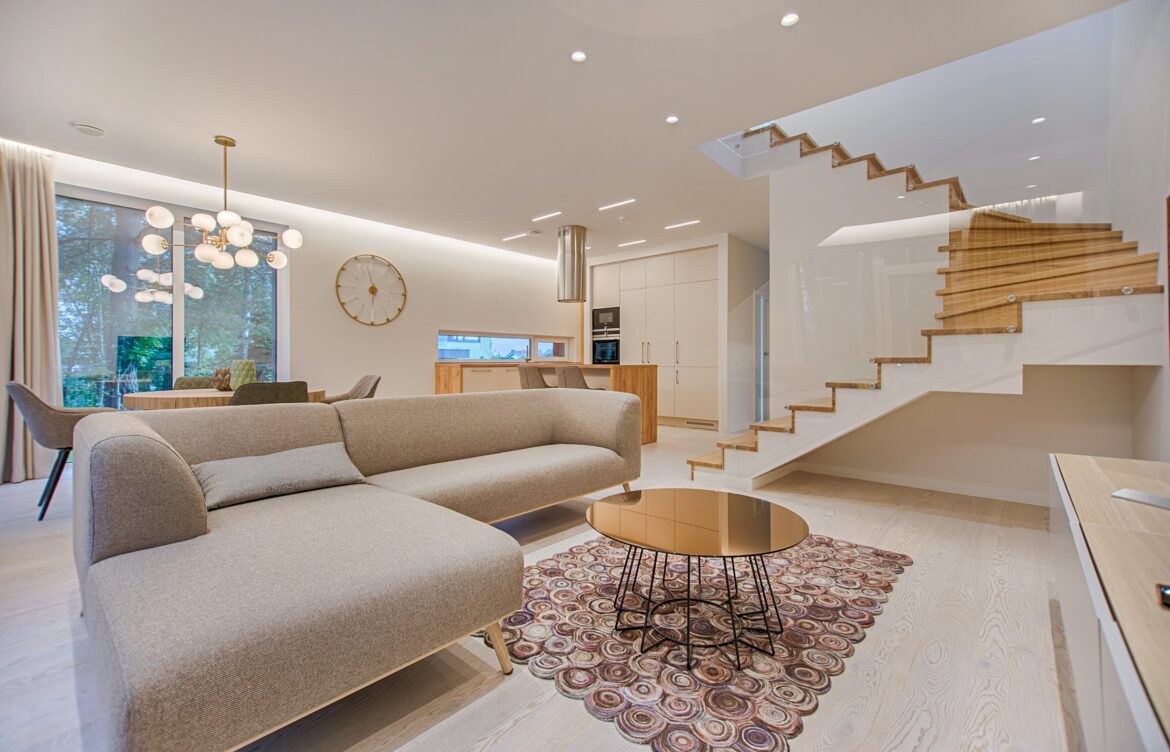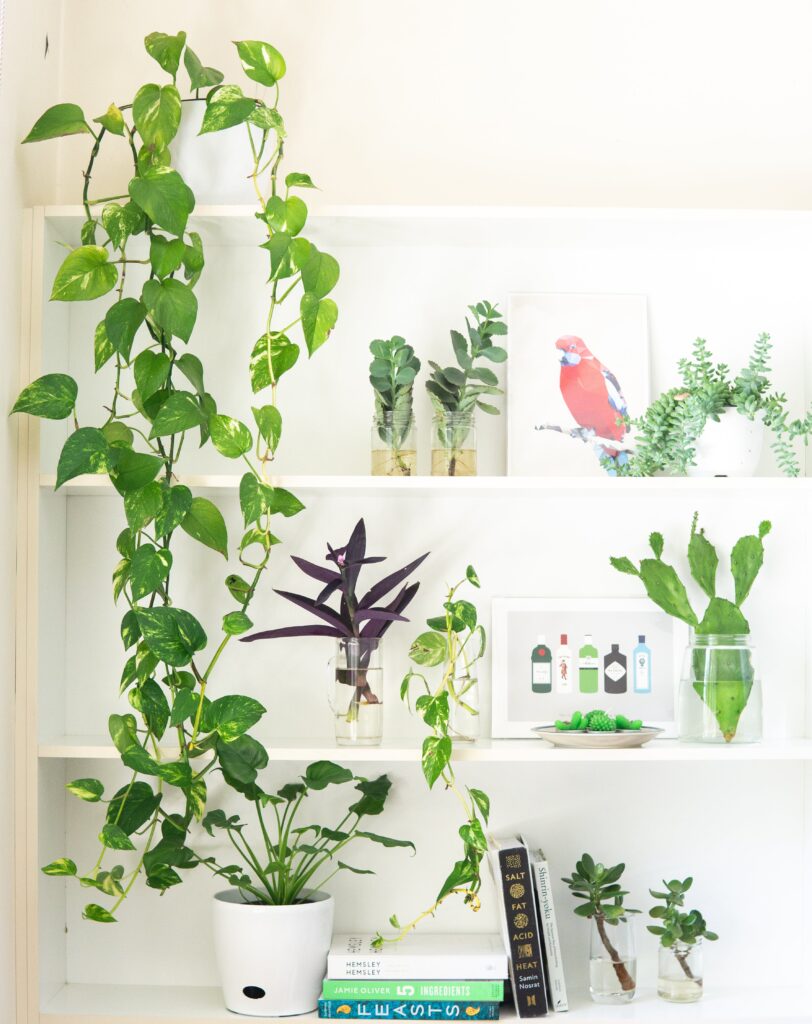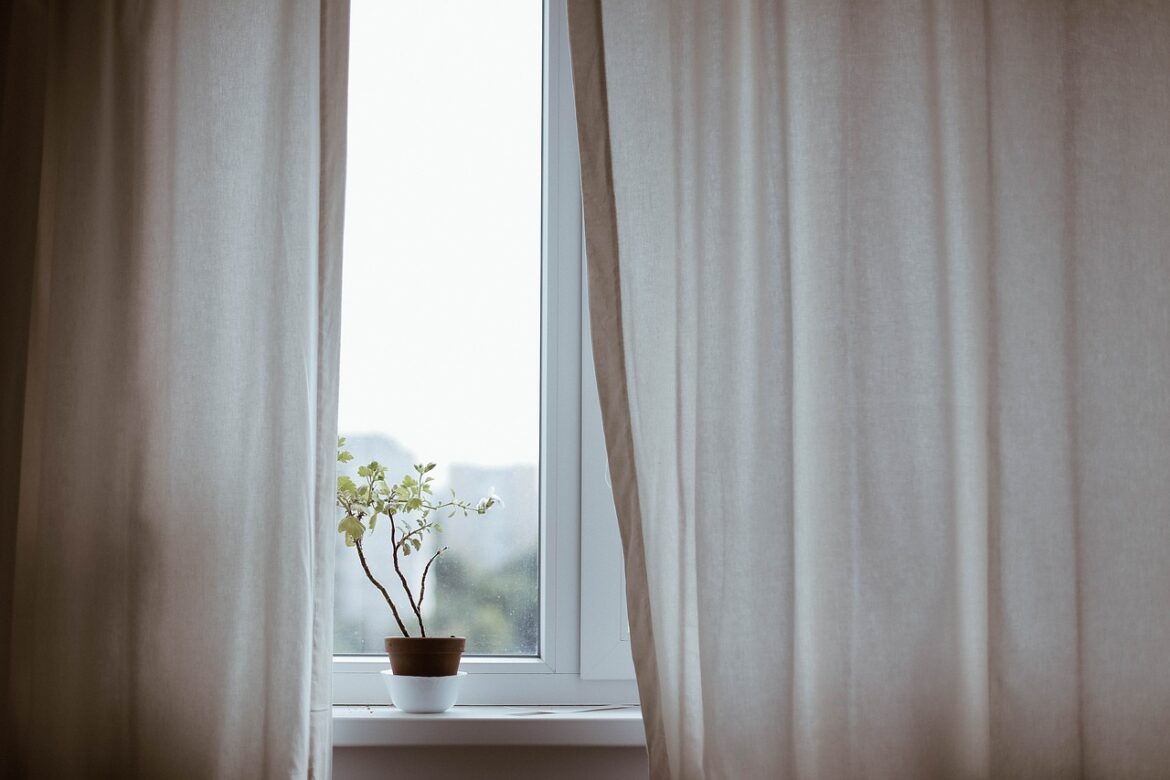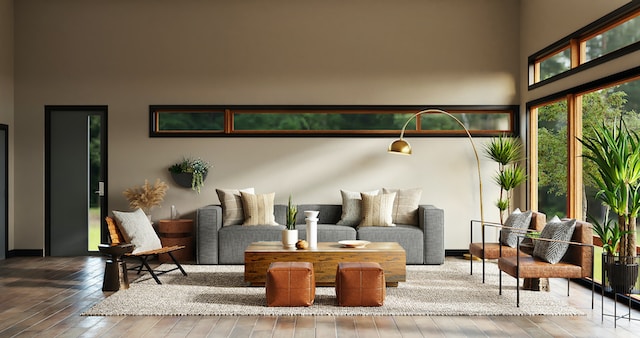Home decor trends have changed massively over the recent years. While aesthetics were preferred some years back, homeowners and designers have started to incorporate wellness and relaxation in their homes.
More and more people have started to incorporate wellness rooms in their homes. If you have recently adopted a healthy lifestyle, then you should also have dedicated space for fitness and wellness inside your home.
What Are Some Designer-Approved Wellness Homes To Incorporate In Your Home?
- Make sure you have a Mindful Color Palette for your wellness room.
A wellness room’s mindful color palette is another important detail to consider in the design of a space that promotes calm and peace. Choose soft and pastel-like colors that promote serenity.
Tones like gentle blues, pale greens, faded grays, and neutral hues form the peaceful backdrop to your wellness practices. These colors symbolize calmness and can bring peace.
Be nature-inspired and incorporate earthy colors into your color palette. These soft browns, warm beige, and tinted greens can help to convey a sense of nature indoors by bringing one closer to the outdoors. These colors are earthy and promote balance in the environment.
- Create an Indoor Spa
Building an indoor spa in your home provides a comfortable and relaxing environment where one can engage in self-care. A peaceful color scheme enhances the mood of your indoor spa.
A calming ambiance is established through soft blues, muted greens, and neutral colors. For example, using stone or wood features may help create a spa-like environment.
Elevate the spa with heated flooring, particularly in places such as your bathroom. Walking on warmed tiles is highly gratifying. Make sure to install towel warmers, where you can wrap up in comfort after a bath or shower.
The design of a bathroom that concentrates on style and serenity turns it into an oasis within your home.
- Wellness in the Bathroom
Go for soft and plush textures to improve the feel. Spend on luxury towels and bathmats. One can consider adding a soft rug, bamboo bath supplies, or even teak shower mats for some level of luxury.
Keep the bathroom design simple to avoid visual overload. Utilize storage options such as built-in shelves, cabinets, or floating vanities to ensure that personal care products are well arranged. A clean space evokes serenity and neatness. You can buy unique items for your bathroom from any reputable branded furniture store online.
- Creating a Home Gym
Find a home for your gym. This can be a spare room, a converted garage, or even an area of the bigger rooms. Select a well-ventilated space with adequate natural or artificial light to make it welcoming.
One or more walls can have mirrors installed to create the illusion of a bigger room and allow proper form checks during workouts. Mirrors also reflect light, increasing the overall luminosity of the gym.
- Having a Space With No Technology
Establishing a technology-free zone at home is an intentional decision to unplug from the endless onslaught of digital data and carve out space for rest, mindfulness, and authentic relationships.
Creating a no-technology zone is an intentional move to disconnect from screens and devices. This helps you escape the cycle of notifications, emails, and social media updates, leading to better mental health by reducing stress.
With the removal of screens, you create an atmosphere that fosters peace and quiet in such areas as bedrooms, living rooms, or wellness sanctuaries where the emphasis is on relaxing and reviving.
- A Place for Meditation
For the pursuit of mental and spiritual harmony, building a Meditation Oasis in your home provides you with an oasis from daily life’s hustle and bustle. This space helps you connect with yourself, promoting mindfulness and peace.
Identify a focal point in your oasis, whether it be an altar for meditation or a chosen collection of memorable items. Include items that are dear to you, like crystals, statues, or symbolic objects.
- A Dedicated Place For Reading
Comfortable seating is the key element of every reading retreat. Buy a comfortable armchair, chaise lounge, or reading nook with soft cushions and blankets.
Make sure the seats invite you to relax into a universe of words, encouraging uninterrupted reading for hours.
Create an eclectic and welcoming book collection that makes you want to read. Arrange your collection in an aesthetically pleasing way, maybe by genre, author, or color. Adjustable bookshelves could be a good idea for your future collection of literary gems.
- Create a Personal Art Studio
If you are an art lover, you can have a dedicated room in your home to collect and create art pieces. Find a comfortable and well-lit corner where you can lay out all your artistic equipment. A strong and large table or easel is necessary, as it allows you to work on multiple projects at the same time or create larger works.
Split your studio into specific creative areas depending on your specialization. For instance, create a painting corner with easels and canvases, allocate space for drawing on the drafting table in another area, and set up a craft station that is stocked with supplies needed to perform hands-on projects.
This organization guarantees that space is used in an effective and meaningful way.













